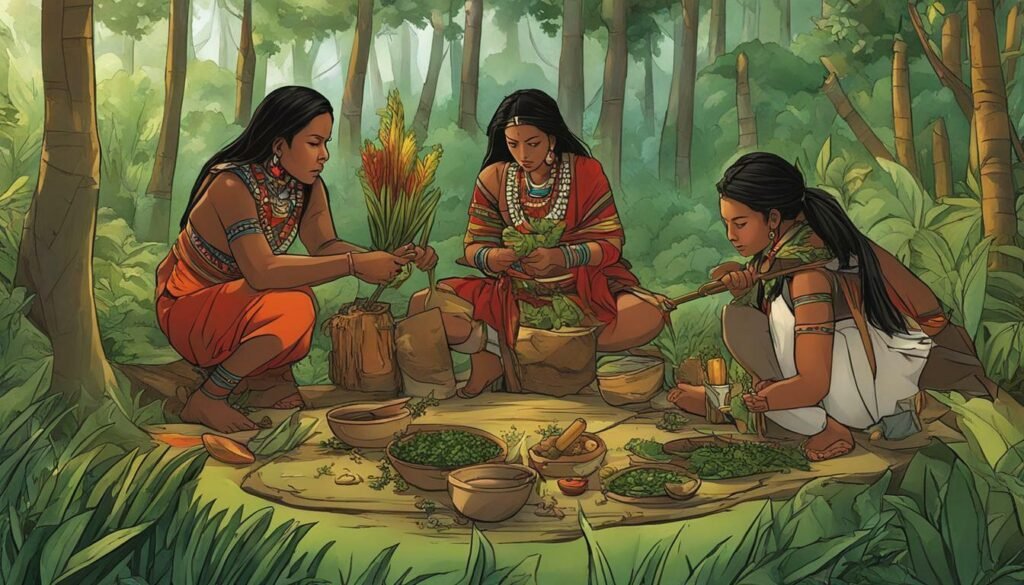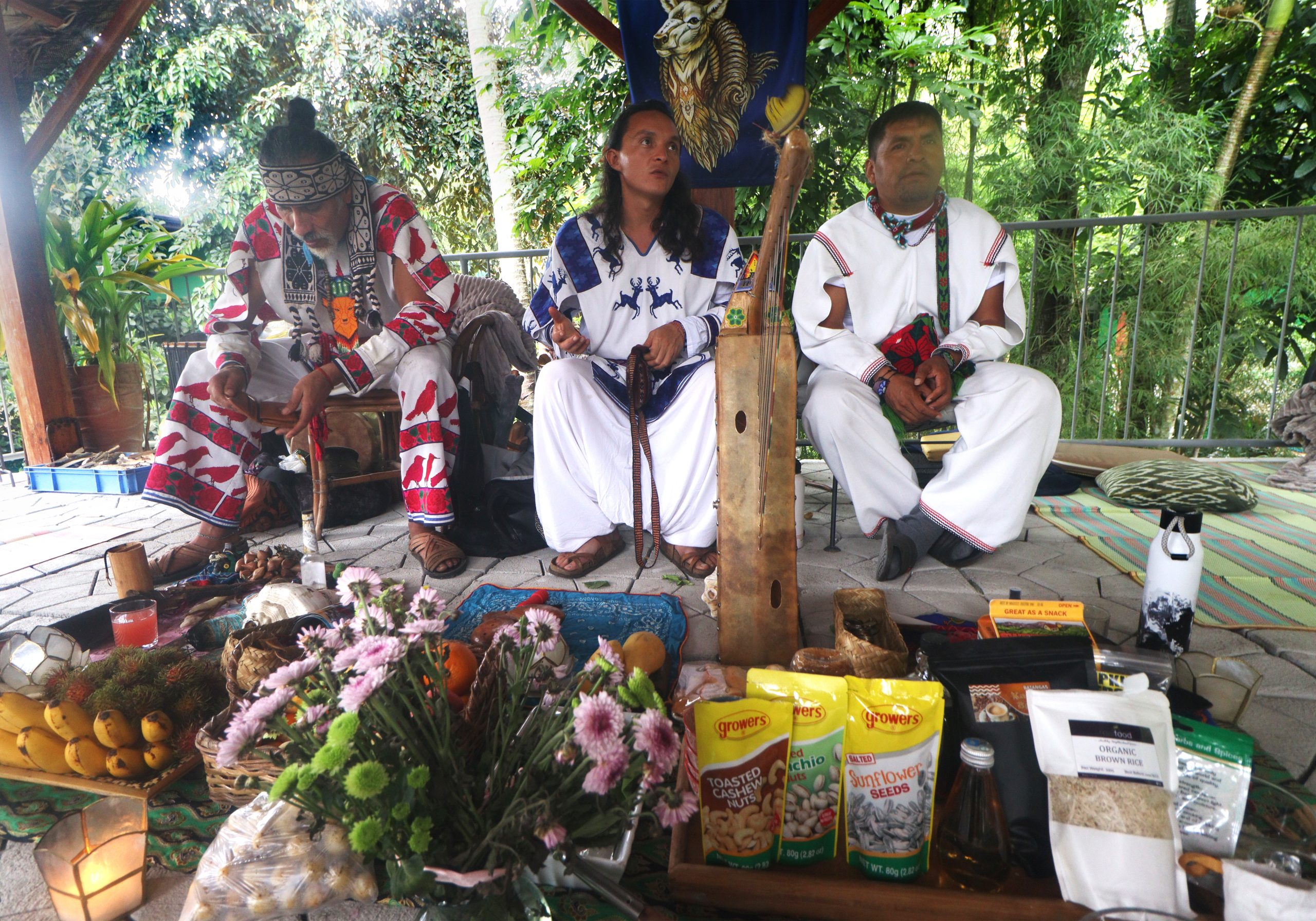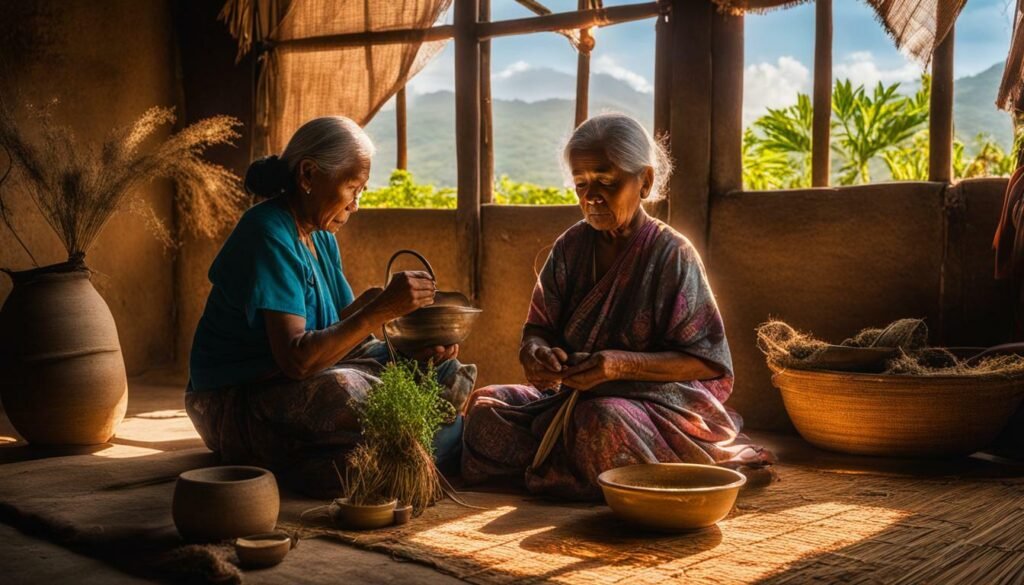
Guardians of the Soul: The Enduring Wisdom of Traditional Tribal Healers and Spiritual Guides Explained
In a world increasingly defined by scientific advancements and technological marvels, there remains a profound, ancient wisdom that continues to guide, heal, and sustain countless communities across the globe: the knowledge held by traditional tribal healers and spiritual guides. Far from being mere relics of the past, these figures are vital conduits between the seen and unseen, the individual and the community, the physical and the spiritual. They are the guardians of ancestral knowledge, the interpreters of cosmic signs, and the anchors of cultural identity.
To understand traditional tribal healers and spiritual guides is to grasp a holistic worldview where health is not merely the absence of disease, but a dynamic balance of mind, body, spirit, and environment. Illness, from this perspective, is often seen as a symptom of imbalance – a disconnect from nature, a disharmony within the community, or a spiritual malaise. These healers, therefore, do not just treat symptoms; they seek to restore equilibrium.
The Multifaceted Roles: Beyond Healing the Body
The titles for these revered individuals are as diverse as the cultures they represent: shamans, medicine people, curanderos, sangomas, witch doctors (though this term is often pejorative and inaccurate), marabouts, spiritual elders, and many more. Regardless of the name, their functions typically extend far beyond what Western medicine defines as healthcare.
-
Healers of the Body and Mind: At their core, many are skilled herbalists, possessing encyclopedic knowledge of local flora and fauna. They understand the medicinal properties of plants, barks, roots, and fungi, passed down through generations of oral tradition and empirical observation. They treat everything from common ailments to complex chronic conditions, often employing remedies that have stood the test of time for centuries. Beyond physical ailments, they address mental and emotional distress, recognizing the deep connection between psychological well-being and physical health. Through ceremonies, counseling, and spiritual interventions, they help individuals process trauma, grief, and anxiety.
-
Spiritual Guides and Intermediaries: Perhaps their most distinctive role is as spiritual guides. They are believed to possess the ability to communicate with spirits – ancestors, nature spirits, deities, or a higher cosmic force. This communication can involve trance states, dreams, visions, or specific rituals. They act as intermediaries, seeking guidance, interceding on behalf of individuals or the community, and performing ceremonies to appease spirits, offer thanks, or seek blessings. They help people navigate life’s spiritual journey, providing rites of passage, purification rituals, and blessings for important life events like birth, marriage, and death.
-
Keepers of Knowledge and Oral Tradition: Traditional healers are living libraries of their culture’s history, myths, legends, and ethical frameworks. They are the storytellers who transmit moral lessons, the historians who recount the lineage of their people, and the educators who teach younger generations about their heritage and responsibilities. Their knowledge encompasses not only healing practices but also astronomy, ecology, social customs, and spiritual philosophies. As such, they are crucial for cultural continuity and identity.
-
Community Leaders and Arbitrators: In many traditional societies, these figures hold significant social and political influence. They often serve as counselors, resolving disputes, offering ethical guidance, and maintaining social harmony. Their wisdom is sought in matters of law, justice, and community decision-making. They are the moral compass of their people, ensuring that actions align with ancestral values and the well-being of the collective.


The Path to Becoming: A Calling, Not a Choice
Becoming a traditional healer is rarely a career choice in the conventional sense; it is almost universally described as a calling, often manifested through dreams, visions, serious illness, or a distinct spiritual experience. This "calling" can be intense and disruptive, sometimes even requiring a period of spiritual crisis or "shamanic illness" before the individual accepts their destiny.
Once the calling is recognized, the aspiring healer undergoes a rigorous and often lengthy apprenticeship. This involves:
- Mentorship: Learning directly from an elder or established healer, absorbing vast amounts of knowledge through observation, direct instruction, and practical application. This can last for years, even decades.
- Spiritual Training: Engaging in solitary retreats, vision quests, fasting, meditation, and ceremonies to cultivate their spiritual sensitivity and connection. They learn to interpret signs, communicate with spirits, and control altered states of consciousness.
- Ethnobotanical Expertise: Memorizing hundreds, sometimes thousands, of plants and their uses, understanding their habitats, harvesting seasons, and preparation methods.
- Ritual Mastery: Learning the precise songs, dances, chants, prayers, and ceremonial protocols necessary for effective healing and spiritual work. Each gesture, word, and object often carries profound symbolic meaning.
- Personal Transformation: The training is not just about acquiring skills; it’s about profound personal transformation. The healer must confront their own fears, weaknesses, and ego to become a clear vessel for healing energy and spiritual wisdom. The concept of the "wounded healer," who uses their own past suffering to empathize and heal others, is a common archetype across many traditions.
Tools and Techniques: A Diverse Repertoire
The methods employed by traditional healers are as varied as the cultures themselves, but some common themes emerge:
- Herbal Medicine: The cornerstone of physical healing. Remedies range from teas and poultices to elaborate plant-based concoctions, often administered with specific prayers or rituals.
- Rituals and Ceremonies: These are central to spiritual healing. They can involve drumming, chanting, singing, dancing, purification rites (e.g., sweat lodges, smoke cleansing), offerings, and the use of sacred objects (feathers, stones, bones, masks). The ceremony creates a sacred space where healing can occur.
- Divination: Techniques like reading animal bones, cowrie shells, tea leaves, or patterns in smoke are used to diagnose illness, understand its spiritual root, predict future events, or seek guidance.
- Trance and Altered States: Many healers induce trance states – through drumming, chanting, plant medicines (used ritually and with profound respect, not for recreation), or prolonged meditation – to journey to other realms, retrieve lost souls, or communicate directly with spirits.
- Storytelling and Counseling: Healing often involves helping individuals reframe their narratives, understand their place in the world, and process emotional trauma through powerful stories, myths, and direct psychological counseling.
- Energy Work: Some healers work directly with the body’s energy fields, using touch, breath, or intention to clear blockages and restore the flow of vital energy.
The Spiritual Nexus: Interconnectedness and Reverence
What fundamentally distinguishes traditional tribal healers is their profound connection to and reverence for the spiritual dimension of existence. For them, the natural world is imbued with spirit; mountains, rivers, trees, and animals are not inert resources but living entities with consciousness and power. Ancestors are not gone but remain present, guiding and influencing the living. The cosmos is an intelligent, interconnected web where every action has resonance.
This worldview fosters a deep sense of responsibility towards the environment and community. An illness in an individual might be traced back to disrespect for nature or a broken social bond. Healing, therefore, often involves restoring harmony not just within the person but between the person and their environment, and between the person and their community.
Challenges in the Modern World and the Path Forward
Despite their enduring value, traditional tribal healers and spiritual guides face numerous challenges in the 21st century:
- Erosion of Knowledge: Globalization, urbanization, the dominance of Western education, and the suppression of indigenous languages threaten the oral traditions through which this knowledge is passed. Younger generations may not be interested or have the opportunity to undertake lengthy apprenticeships.
- Colonial Legacies and Suppression: Historically, many traditional practices were demonized and suppressed by colonial powers and missionary efforts, leading to a loss of practitioners and knowledge.
- Exploitation and Appropriation: Sacred ceremonies and plant medicines are sometimes commodified or appropriated by outsiders for profit or fleeting spiritual tourism, stripping them of their cultural context and spiritual integrity.
- Legal and Ethical Conflicts: In some regions, traditional practices conflict with modern laws or healthcare regulations, leading to marginalization or criminalization.
- Environmental Degradation: The destruction of natural habitats threatens the very plants and natural resources essential for traditional medicine.
Despite these challenges, there is a growing global recognition of the value of traditional medicine. The World Health Organization (WHO), for instance, has acknowledged the critical role of traditional medicine in global healthcare, especially in regions where access to conventional medicine is limited. There are also significant revitalization efforts underway within indigenous communities to preserve and transmit this ancestral wisdom. Elders are working to document their knowledge, establish cultural centers, and mentor new generations of healers.
Conclusion: An Enduring Wisdom
Traditional tribal healers and spiritual guides represent a profound wellspring of wisdom that humanity cannot afford to lose. They offer a holistic approach to health and well-being that recognizes the intricate connections between body, mind, spirit, community, and environment. Their practices, though often misunderstood or dismissed by a purely scientific lens, address fundamental human needs for meaning, connection, and spiritual guidance.
In an age marked by disconnection, ecological crisis, and spiritual yearning, the ancient wisdom these guardians possess offers vital lessons. It reminds us of our deep interconnectedness, the sacredness of the natural world, and the enduring power of community and spirit. To respect, protect, and learn from these traditions is not merely an act of cultural preservation, but an investment in a more balanced, harmonious, and truly healthy future for all. They are, indeed, the guardians of the soul, guiding us back to ourselves and to the wisdom embedded in the very fabric of existence.